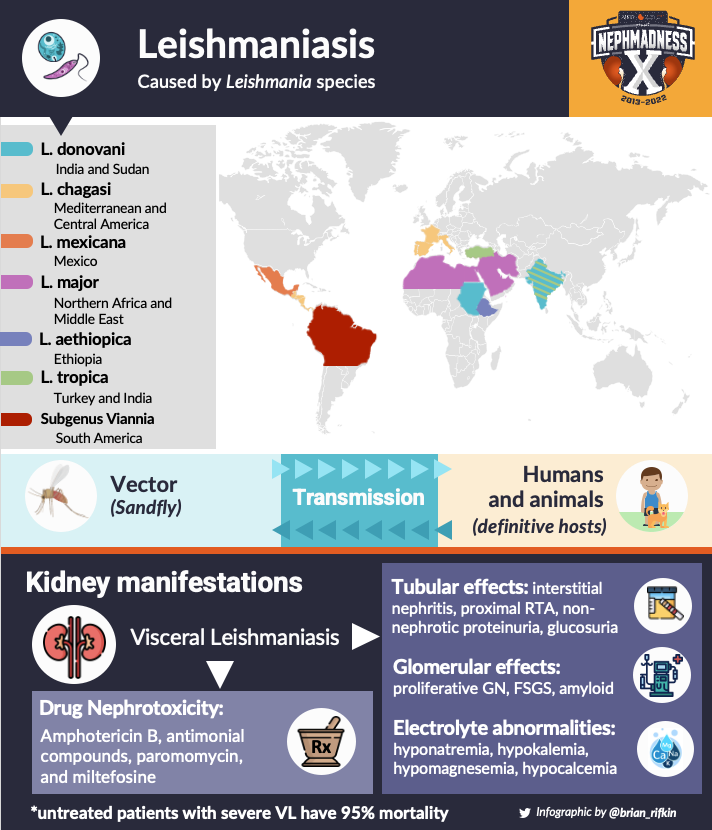Chris Perani is a photographer who specializes in seeing the unseen. Known for his extreme macro photography, he captures butterfly wings and other minute natural subjects at a level of detail invisible to the naked eye. His images reveal dazzling mosaics of iridescent scales and textures that appear more like stained glass, sequins, or cosmic landscapes than fragments of an insect’s anatomy.
To overcome the razor-thin depth of field inherent in microscope lenses, Perani employs a meticulous stacking process. Using a 10× microscope objective mounted on a 200 mm lens, he shifts his camera forward in microscopic increments—sometimes as little as 3 microns per exposure. Each section of a wing might require 350 individual images, and a complete final work can demand more than 2,000 separate shots. These frames are then digitally merged into a seamless whole, revealing a complexity that even scientists rarely view in such clarity.
In the quiet corridors of the Institute of Tropical Medicine (ITM) in Antwerp, Belgium, Dr. Malgorzata “Gosia” Domagalska is leading the fight against one of the world’s most neglected yet devastating diseases: leishmaniasis. As head of ITM’s newly established Unit of Experimental Parasitology, she has dedicated her career to understanding how parasites adapt, survive, and outwit medicine.
Domagalska’s path to parasitology was anything but straightforward. Trained as a geneticist, she earned her PhD in Plant Genetics at the Max Planck Institute in Cologne, followed by a Marie Curie Fellowship at the University of York. Early on, her research focused on plant development and hormones. But a shift came when she joined ITM in 2015: “This work is compelling not just scientifically, but socially,” she has said.
Leishmaniasis is a parasitic disease that few people have heard of, but one you definitely don’t want to catch. Caused by Leishmania parasites and spread by the bite of female sand flies, it can silently linger in the body for years or surface in devastating ways, from painful skin sores to organ damage that can be fatal. The disease affects both humans and dogs, with our canine companions often acting as unwitting reservoirs that keep the infection circulating.
As climate change expands the habitat of sand flies into new regions, the threat of leishmaniasis continues to grow. With no reliable cure and limited vaccine options, prevention is key. Protecting yourself and your pets with repellents, protective gear, and vigilance is the most effective way to guard against this serious but often overlooked disease.
Phlebotomine sand flies are notorious biters. They not only cause great irritation but are also capable of spreading a deadly disease – visceral leishmaniasis.
While the World Health Organization states that currently 1 billion people live in areas endemic for leishmaniasis and at risk of contracting the disease, a recent study using a statistical model, predicted that visceral leishmaniasis (VL) is undergoing geographic expansion and 5.3 billion people could be at risk of acquiring the disease in the future.
Leishmaniasis currently occurs in approximately 90 countries. These countries are located in the warmer climates where sand flies thrive: in the tropics, subtropics, and in Southern Europe. Climate change and other variations in the environment have the potential to expand the geographical range of where sand flies can live and therefore where the disease can infiltrate the human population.
